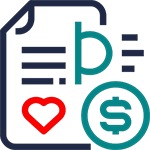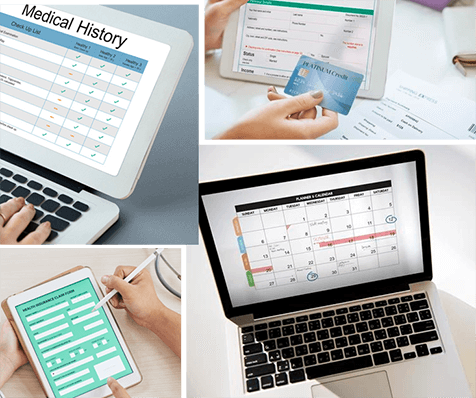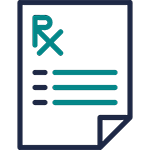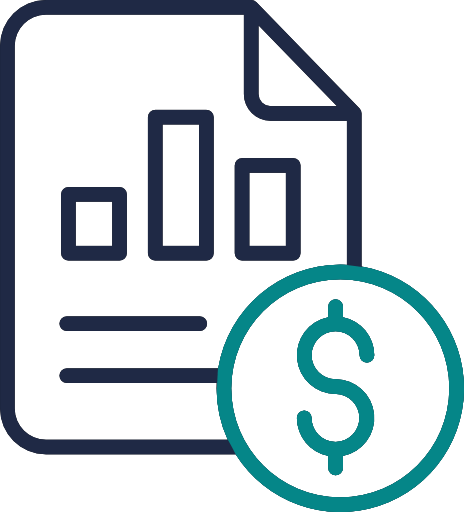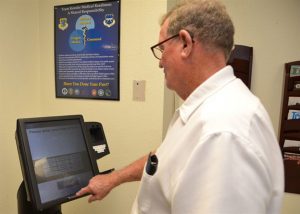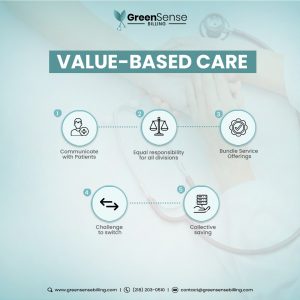Did you know that medical practices across the US have to witness billions of dollars in billing loss due to inefficiencies in their medical billing processes and recovery strategies? The impact of lost revenue can be significant, affecting not only the financial health of the facility but also the quality of patient care.
In this article, we’ll explore actionable steps to identify and recover lost revenue in medical billing, helping your practice grow.
1- Accurate Coding and Documentation

Accurate coding and detailed documentation are vital for preventing revenue leakage. According to the American Medical Association, up to 20% of claims are denied due to coding errors. Therefore, it is recommended to implement regular coding audits and ensure your staff is well-trained in the latest coding guidelines.
Comprehensive documentation not only reduces claim denials but also supports reimbursement disputes, optimizing healthcare revenue recovery.
2- Timely Claim Submission

Submitting claims promptly is essential for maximizing revenue and minimizing billing loss. A recent survey revealed that claims submitted within five days of patient visits had a 5% higher acceptance rate. Hence, it is important to streamline your billing process to minimize delays, accelerate cash flow, and reduce the risk of denied claims.
3- Minimize Claim Denials
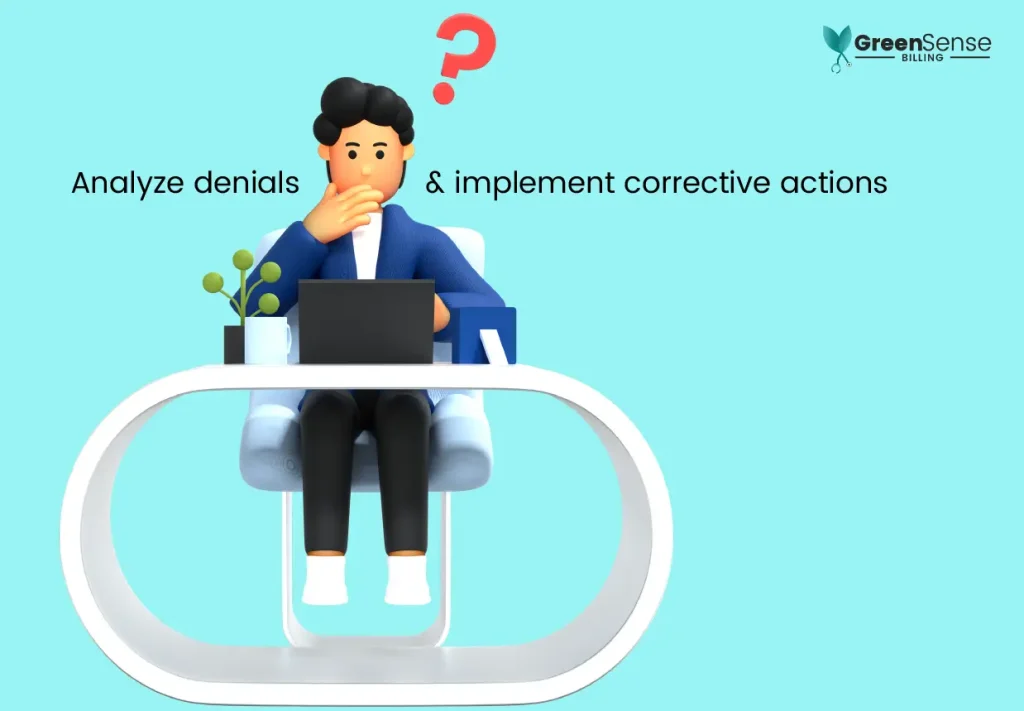
Identifying common denial reasons and developing strategies to address them is also crucial to prevent billing loss.
Moreover, regularly monitoring and analyzing denied claims to implement corrective actions minimizes the chances for denials, improving your practice’s revenue recovery rate.
4- Utilize Technology

Embracing technology can never go wrong when it comes to streamlining your medical billing process and preventing billing loss. Electronic Health Record systems and medical billing software help automate tasks, reducing errors and processing time.
A study found that technology adoption improved first-pass claim acceptance rates by 20%. And, we hope you’re still not fond of paper-based claims, or are you?
5- Negotiate Payer Contracts
Optimize your payer contracts to negotiate better reimbursement rates. Analyze your claims data to identify underpaid services and engage in data-driven negotiations with payers.
According to Medical Lien Management, efficient contract management can increase revenue by 1-3% annually, which is remarkable.
6- Conduct Revenue Cycle Assessments
Performing regular revenue cycle assessments to identify areas of improvement in healthcare revenue recovery is one of the top performers every time.
Studies state that an efficient revenue cycle can increase collections by up to 10%. And so, you need to pinpoint bottlenecks and inefficiencies in your process, enabling you to recover lost revenue effectively.
7- Train and Educate Staff
Investing in continuous training for your billing and administrative staff is one of the most underrated recovery strategies preventing billing loss. Well-informed employees are better at handling complex billing situations, leading to fewer errors and better revenue.
A recent analysis by an ob/gyn clinic in California reveals that focused training increased their clean claim rates by 8%. Don’t you think it’s outstanding?
8- Implement Patient Engagement Strategies
Engage with your patients to improve revenue recovery (repeat this after me).
Offer transparent pricing and payment plans and reduce the chances of billing loss. It is important to get the admission forms filled on time to identify their benefits and be clear about the payments. This practice reduces denials and helps build trust with your patients.
9- Outsource Medical Billing Services
Consider outsourcing your medical billing to professionals with expertise in revenue cycle management. A Market survey recently found that 85% of practices reported increased revenue after outsourcing their billing operations. This allows your team to focus on patient care while maximizing revenue recovery and reducing denials.
Conclusion
Recovering lost revenue in medical billing is a crucial aspect of running a successful practice. By implementing healthcare revenue recovery strategies such as accurate coding practices, streamlining the billing process, and leveraging technology, you can significantly reduce revenue leakage and prevent billing loss.
Moreover, continuous improvement in revenue flows, data-driven negotiations, and patient engagement will help your practice thrive financially and provide the best care to your patients. Remember, every step towards optimizing your revenue cycle is a step towards a brighter future for your medical practice.
FAQs
Q: How can I ensure revenue recovery for my practice?
A: Optimize billing processes, reduce claim denials, and implement efficient collection strategies.
Q: What things should I check before submitting claims?
A: Verify patient details, accurate coding, and insurance coverage for error-free claims.
Q: How can I address unpaid or overdue patient bills?
A: Set clear payment expectations, offer multiple options, and follow up consistently.
Q: Any tips to get our AR paid promptly?
A: Bill promptly, provide clear invoices, and establish effective follow-up procedures.
Q: Is outsourcing medical billing safe?
A: Yes, if you choose a reputable and HIPAA-compliant service provider.




